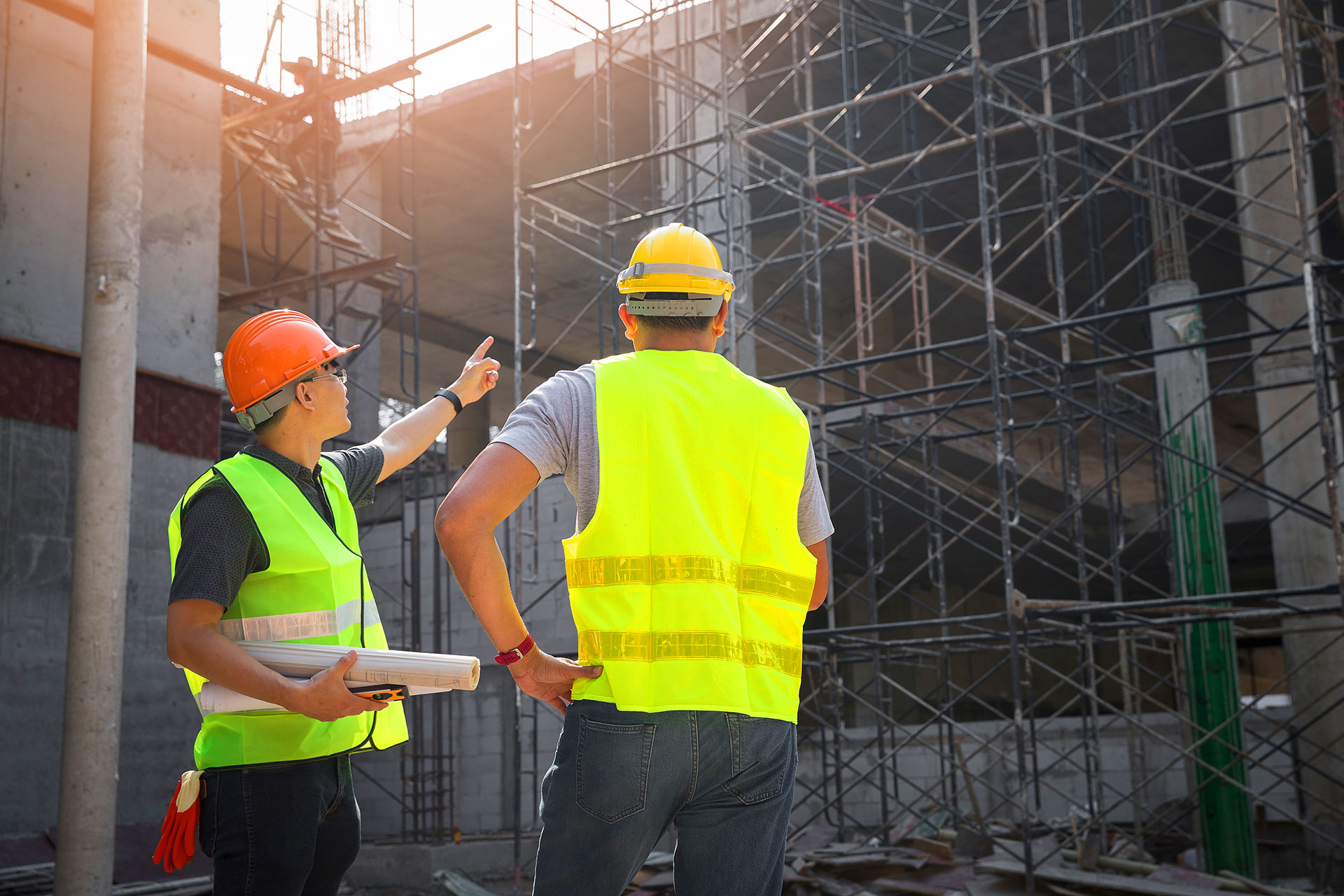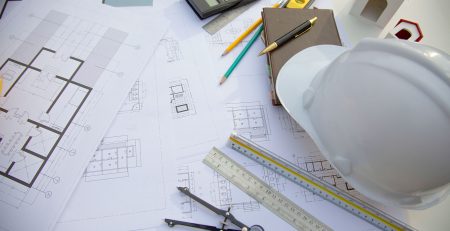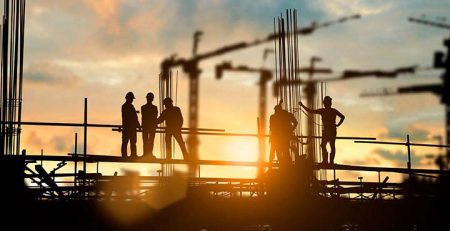Composite Joists vs. Traditional Steel, Which Wins?
When it comes to building strong and reliable structures, joists do the heavy lifting. For decades, traditional steel joists have been the default choice, tried, tested, and trusted. But today, composite joists are stepping into the ring, offering a modern alternative that promises not just strength, but efficiency and adaptability. The real question: which option comes out ahead?
The Case for Traditional Steel
Steel joists have earned their reputation. They’re durable, familiar to crews, and widely available. Builders know what to expect, and that predictability counts for a lot.
In large-scale projects, the sheer strength of steel can carry massive loads without question. For many, steel still represents the gold standard of reliability.
The Rise of Composites
Composite joists, on the other hand, are engineered with a different vision: lighter weight, smarter performance, and more efficient use of materials. By blending steel with other components, these joists deliver comparable strength without the same bulk.
They’re easier to handle, faster to install, and designed to reduce waste. For builders aiming at speed and long-term resilience, composites bring an edge.
Performance Head-to-Head
Where composites really shine is in their versatility. They resist warping, pests, and moisture, problems that can quietly erode traditional systems. They also streamline installation, saving time on site and lowering labor costs.
While steel may still dominate in projects demanding extreme load-bearing, composites often match performance in everyday applications with added benefits.
- Traditional steel = proven durability, widespread use
- Composite joists = lighter, faster, and resource-efficient
- Steel excels in brute strength
- Composites excel in versatility and long-term efficiency
Yes, For Cost Considerations
On paper, steel may look less expensive upfront, but the long-term picture tells a different story. Composite joists can reduce labor costs, lower maintenance needs, and improve energy efficiency through smarter design. Builders weighing total project cost, not just material price, often find composites more economical over time.
The Deciding Factor
Neither option is obsolete. Both have their place, depending on project goals. If the priority is sheer strength for massive industrial loads, steel remains a powerful contender. But if the focus is efficiency, speed, and sustainable use of resources, composite joists win the round.
Many builders today are choosing not because composites are trendy, but because they align with modern construction demands.
Conclusion
In the match-up between composite joists and traditional steel, there isn’t a universal winner. Instead, the victory depends on what a project values most.
Still, as the industry moves toward smarter, faster, and greener building practices, composites are quietly stealing more wins. They’re not just an alternative anymore, they’re becoming the new standard.











